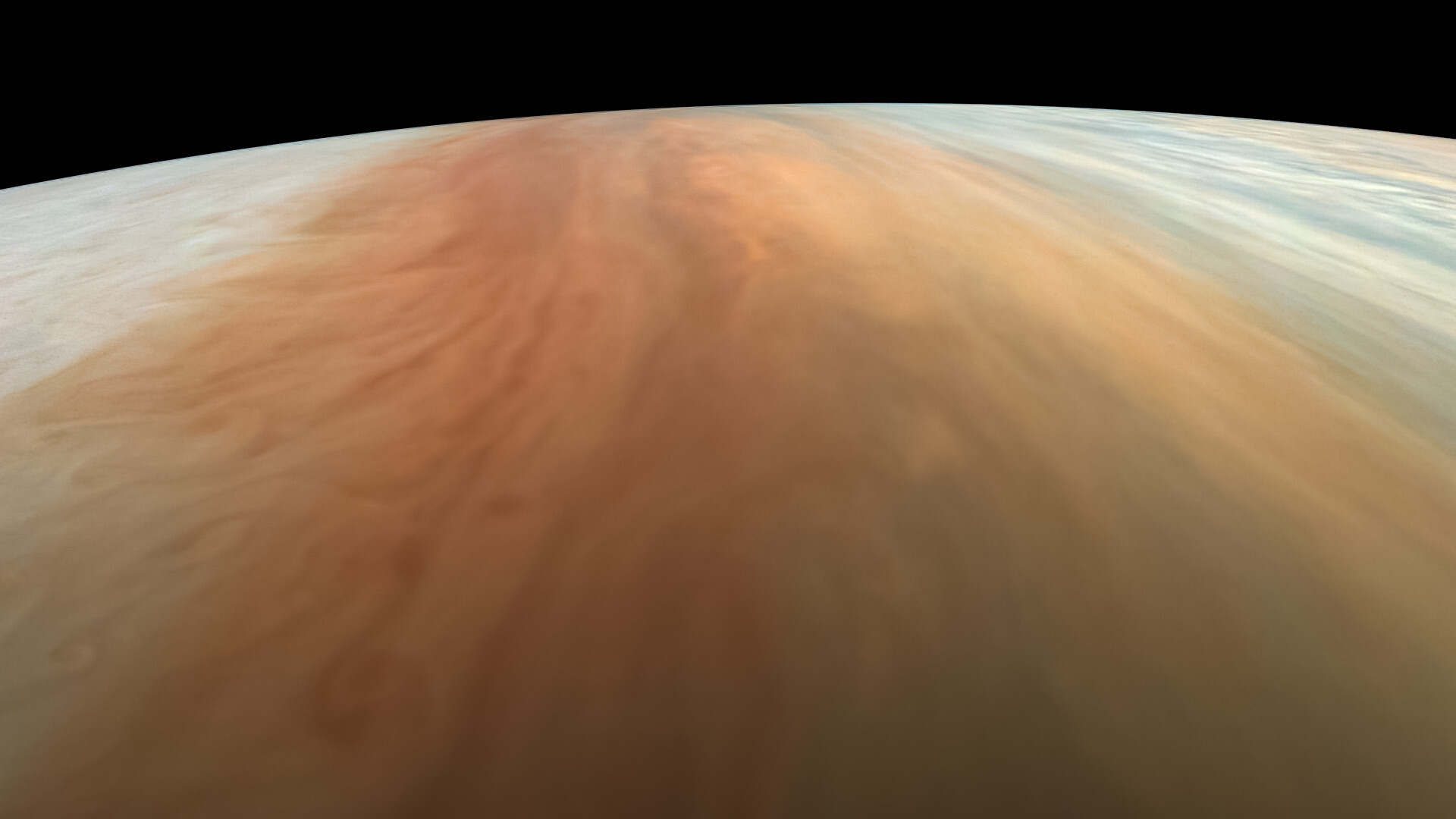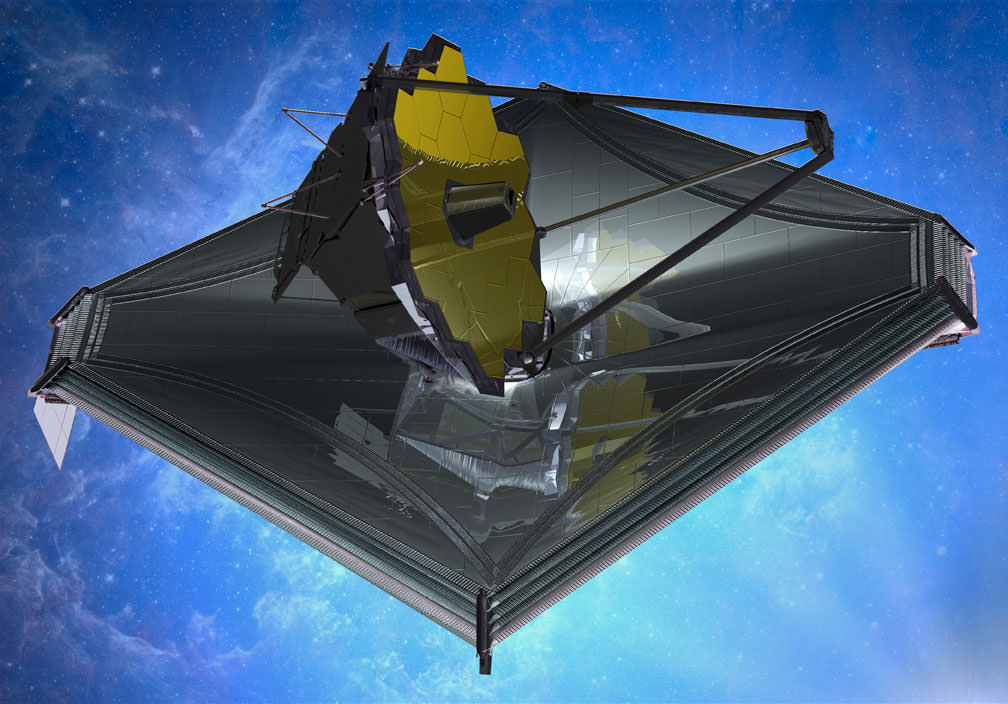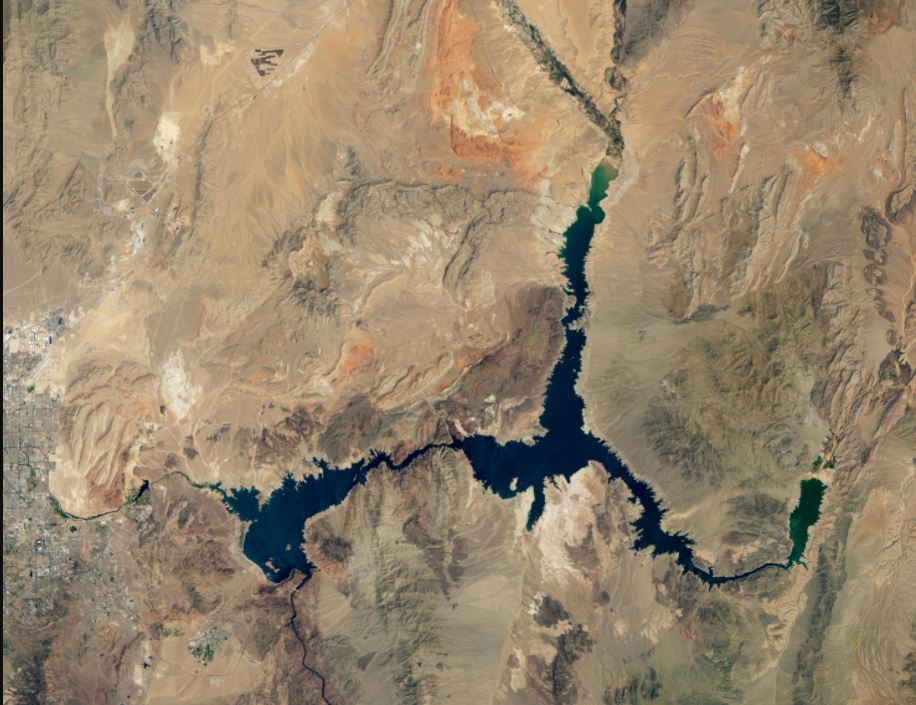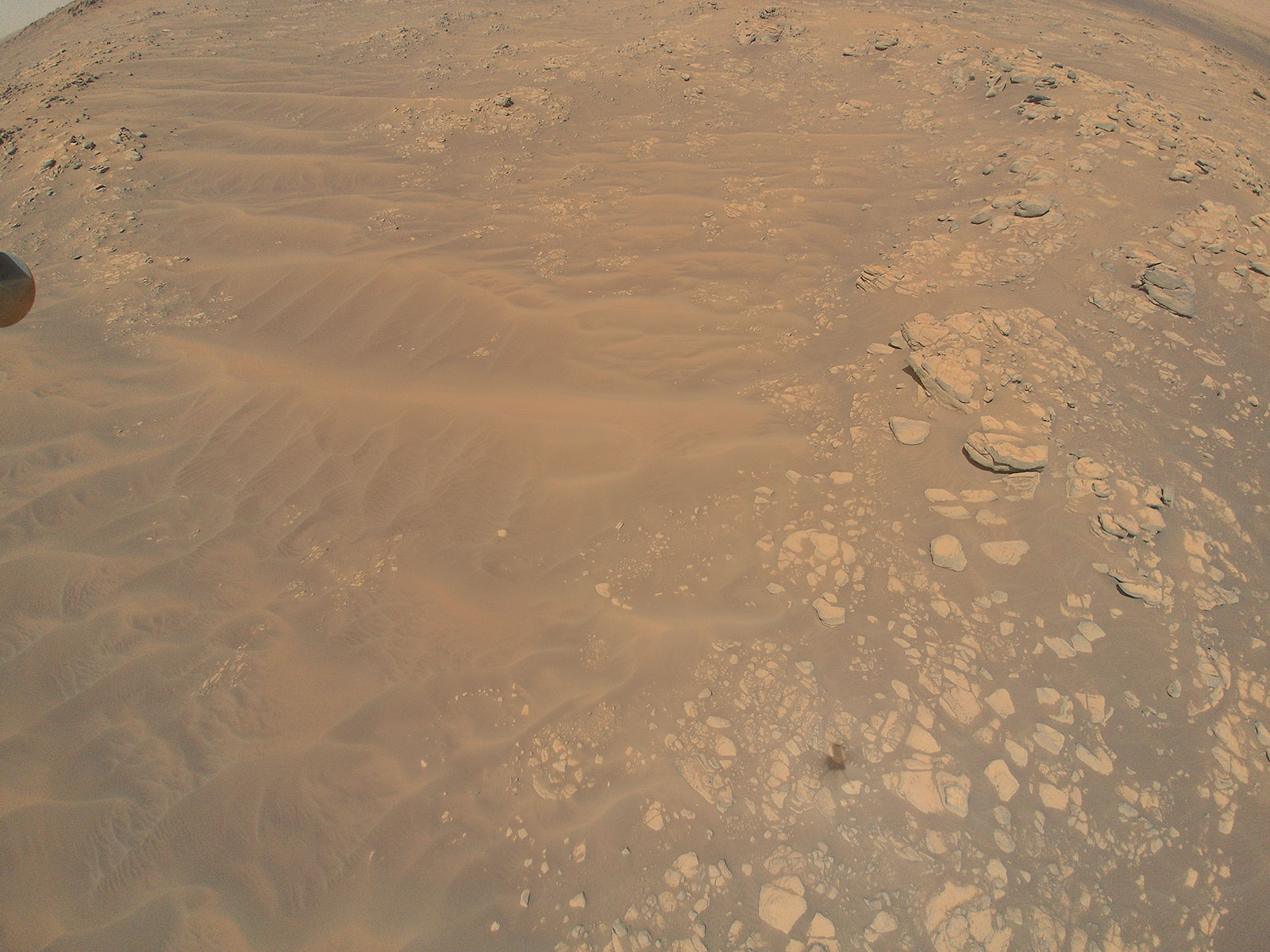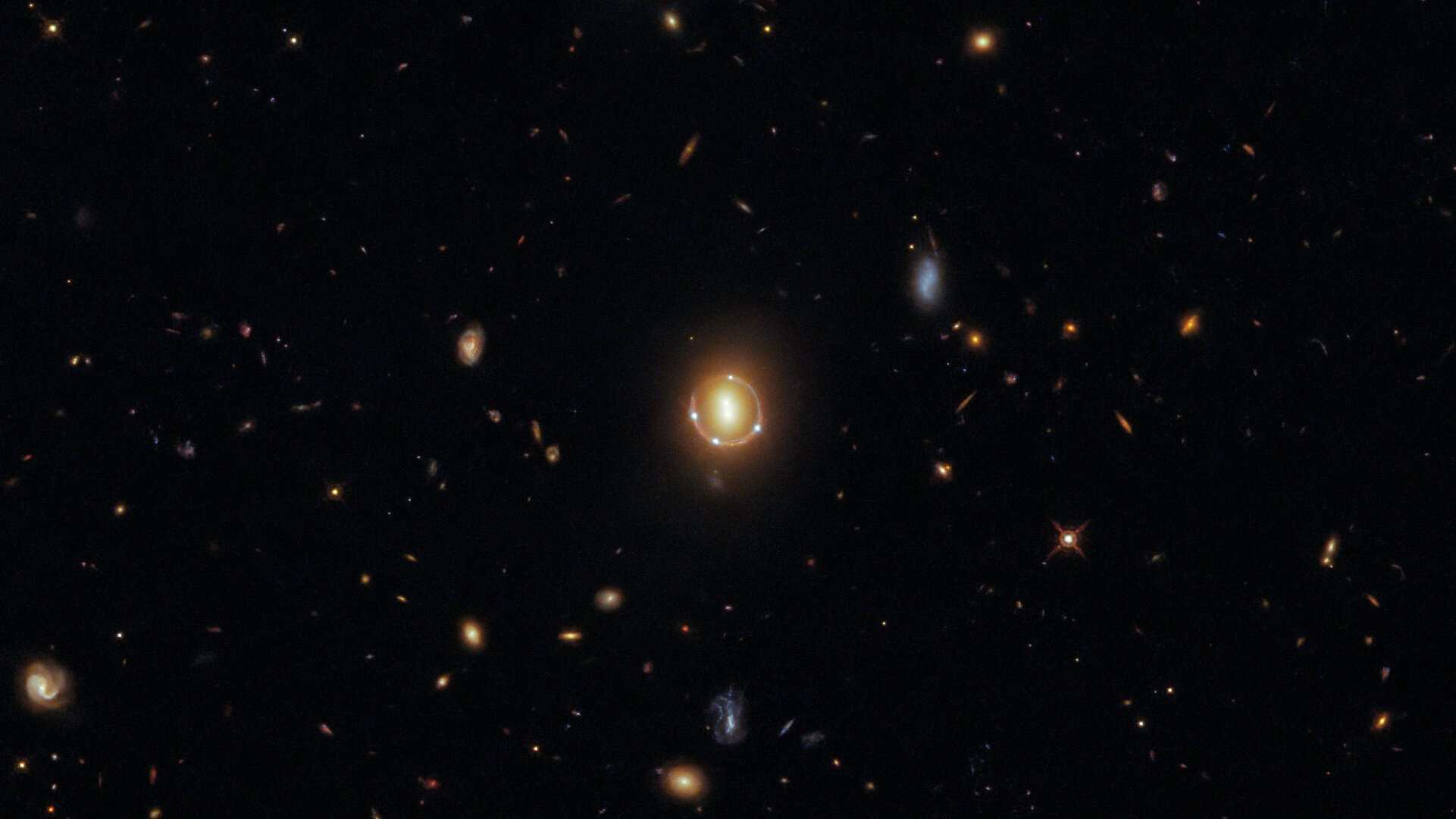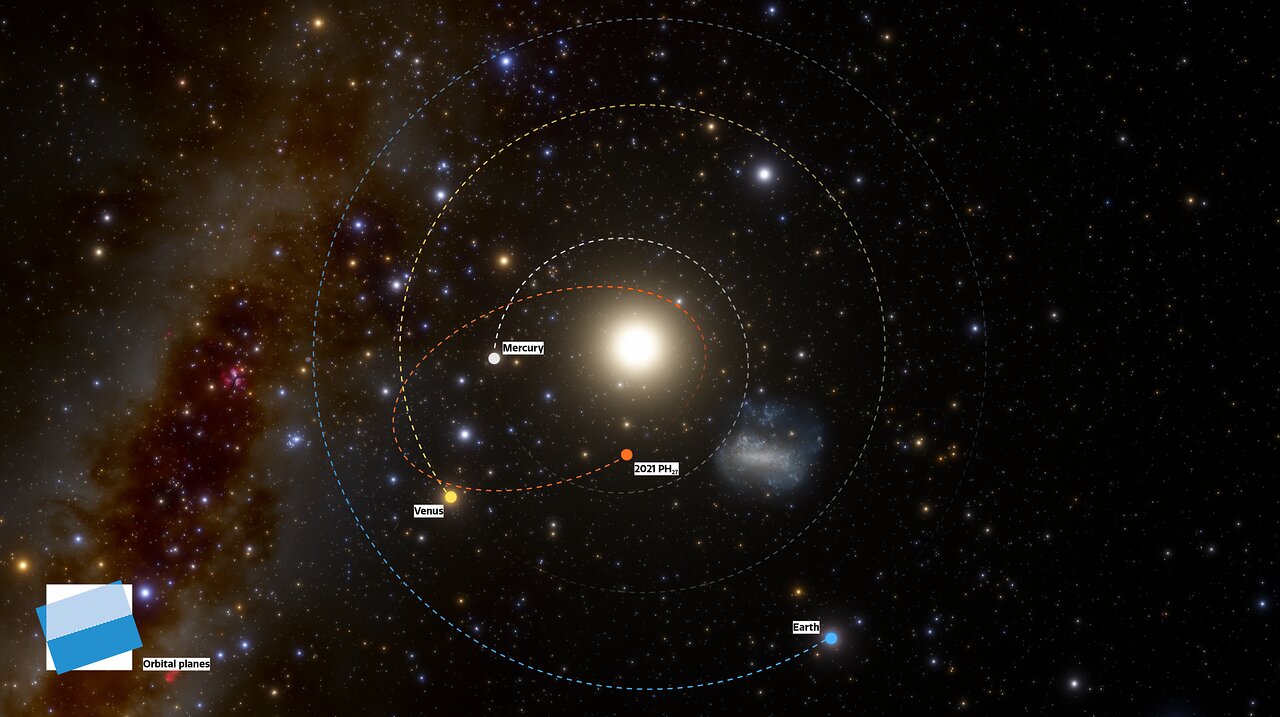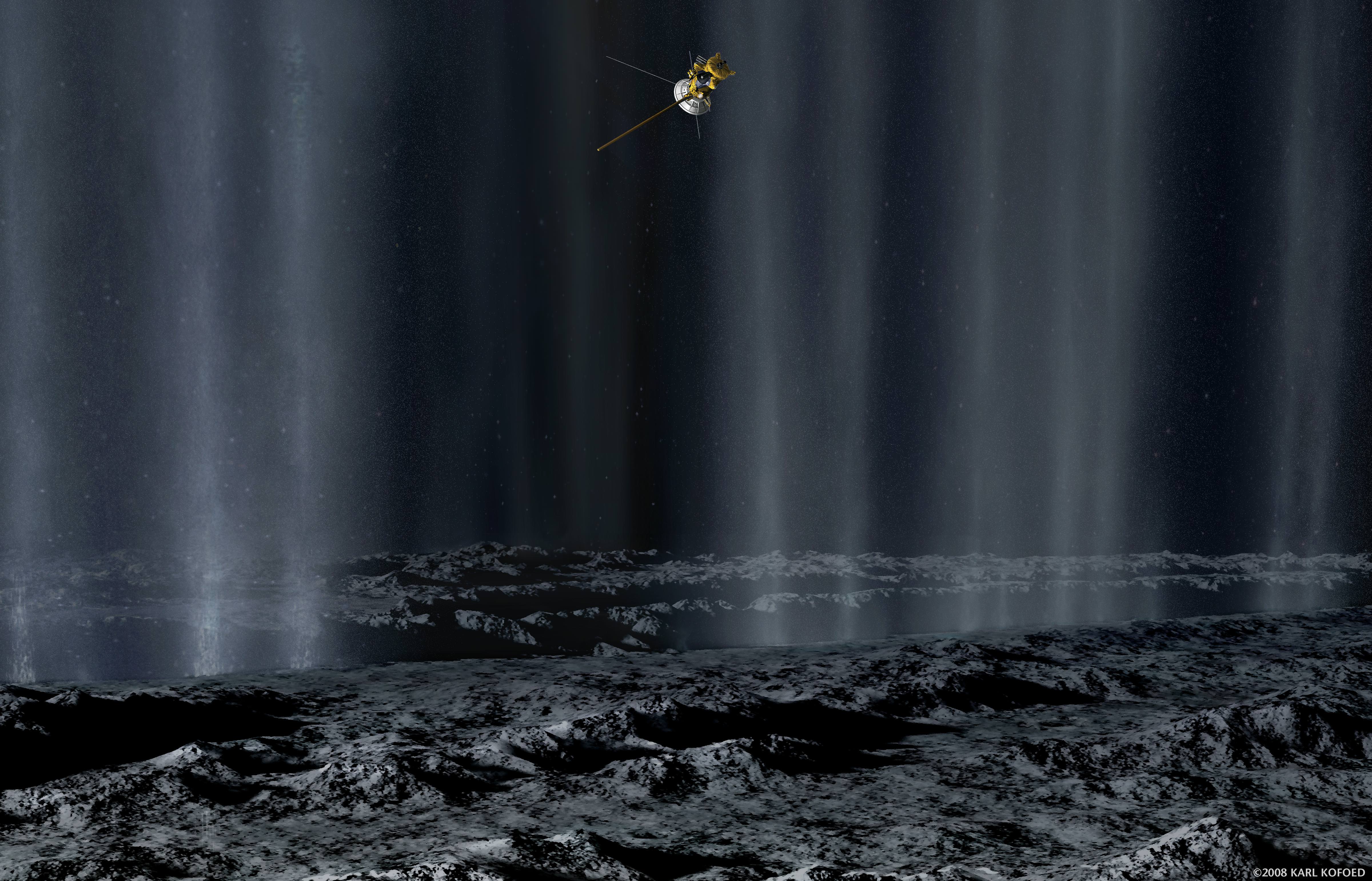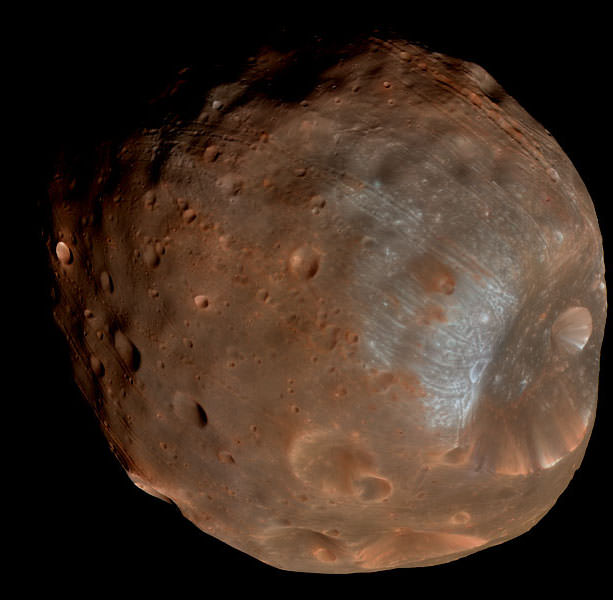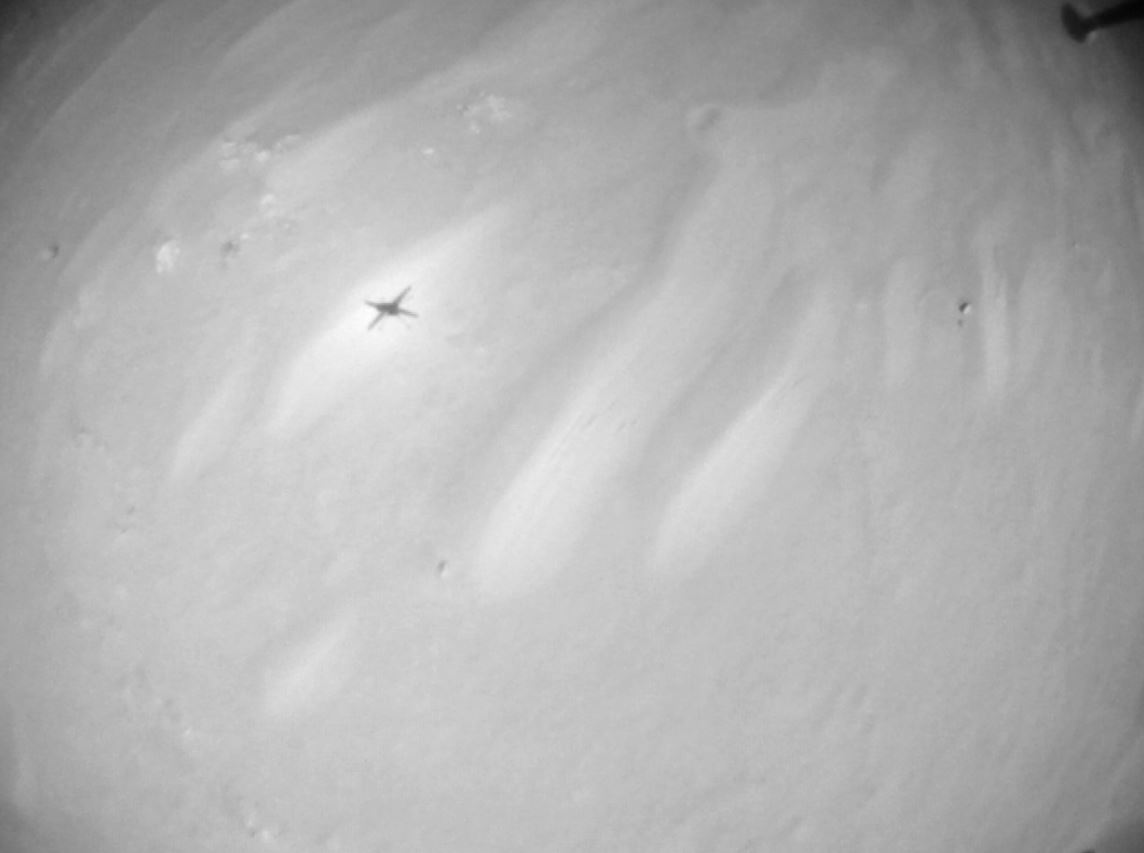During Juno’s extended mission, every orbit is like a new adventure. Each orbit is a little different, and NASA says the natural evolution of Juno’s orbit around Jupiter provides a wealth of new science opportunities.
But for most of us, what we look forward to on every perijove – the point in each orbit where the Juno spacecraft comes closest to the gas giant – are the incredible images taken by the camera on board, JunoCam. As Juno’s “eyes,” the camera provides a unique vantage point no other spacecraft has been able to give us.
Continue reading “Here’s What it Would Be Like to Fly Low Over Jupiter’s Cloudtops”
